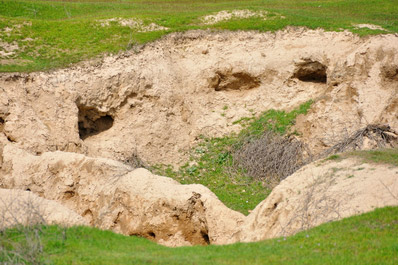Afrasiab Settlement Site, Samarkand

Afrasiab (Afrosiab, Afrasiyab) is an ancient settlement that was once the thriving capital of the wealthy and powerful state of Sogdiana. In ancient times, the city was known as Marakanda, a prosperous trading hub located at the crossroads of major routes along the Great Silk Road. Caravans carrying thousands of goods traveled through, and the city hosted luxurious caravanserais, with merchant shops filled with unique treasures.
Marakanda dates back to the 8th century BCE. However, centuries later, the city faced a tragic fate: in the 13th century, it was almost completely destroyed during the Mongol invasion. The hills where Marakanda once stood were abandoned, and the surviving residents chose not to rebuild. Instead, they moved to the outskirts of the former prosperous city, where they founded a new settlement. Today, that "outskirts" is one of Uzbekistan’s most famous cities—Samarkand.
For centuries, Afrasiab remained forgotten, existing only in legends, like a lost treasure. But in the 1870s, during the Russian Empire’s control over Samarkand, excavations revealed hundreds of priceless artifacts from various historical periods. These discoveries included ceramic figurines, intricately decorated pottery, ossuaries, coins, jewelry, household items, tools, and many other ancient objects. Particularly fascinating are the fragments of the ancient city’s walls and the unique frescoes dating back to the 7th-8th centuries. All these treasures are now exhibited in the Samarkand History Museum, located next to the ruins of the ancient settlement.
Today, Afrasiab is more than just an archaeological site; it is an open-air museum where the quiet hills evoke the grandeur of a city that was once the center of a vast trading network. Visiting Afrasiab offers a deeper understanding of Samarkand’s history, a city that has long been—and continues to be—a vital hub for cultural exchange between the East and West.



